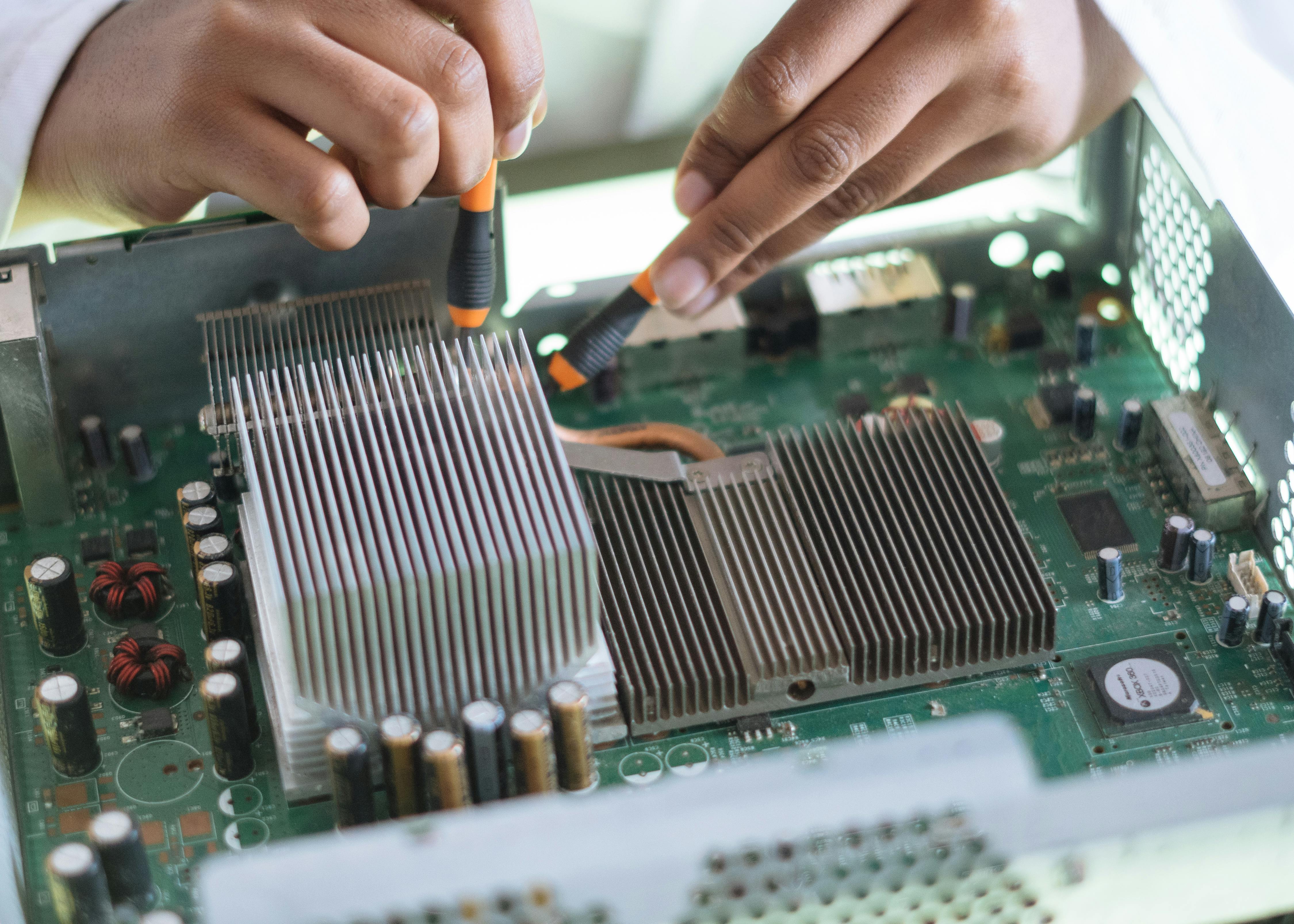Overclocking your CPU can be a great way to boost your computer’s performance and speed up your tasks. However, it also comes with its risks and potential drawbacks. If you suspect that your CPU has been overclocked, it’s important to confirm whether or not this is the case.
In this article, we will discuss how to check if your CPU is overclocked and what steps you can take to ensure its stability and safety.
Contents
Understanding Overclocking

Before we dive into how to check if your CPU is overclocked, let’s first understand what overclocking really means. Overclocking is the process of increasing the clock speed of your CPU beyond its default settings. This essentially means that your CPU will be running at a faster pace, allowing it to handle more demanding tasks and processes.
There are various reasons why someone might choose to overclock their CPU. It could be to improve gaming performance, video editing, or simply for the satisfaction of pushing their hardware to its limits. However, there are also some potential risks involved, such as overheating and decreased lifespan of your CPU.
Now, let’s look at the different methods you can use to check if your CPU is overclocked.
Method 1: Check BIOS Settings

The most reliable way to determine if your CPU is overclocked is by checking your BIOS settings. The BIOS (Basic Input/Output System) is a firmware that runs when your computer is turned on and is responsible for initializing and testing hardware components before the operating system takes over.
To access your BIOS, you need to restart your computer and press a specific key during the boot process. This key varies depending on your motherboard manufacturer but is usually one of the Function (F) keys or the Delete key.
Once in the BIOS, look for an option called “CPU Settings” or “Advanced CPU Options”. Here, you should be able to see the current clock speed of your CPU and compare it to the default speed. If you see that it is higher than the default, then your CPU has been overclocked.
Resetting BIOS Settings
If you find that your CPU has been overclocked in the BIOS, you can easily reset the settings to their default values. Look for an option called “Load Optimized Defaults” or “Reset to Default Settings”. This will restore your BIOS settings to their original state, including your CPU clock speed.
Before resetting, make sure to save any changes you have made to other settings as they will also be reset.
Method 2: Use Software Tools

Another way to check if your CPU is overclocked is by using software tools specifically designed for this purpose. These tools can provide a detailed report on your CPU’s clock speed and voltage, as well as other important information such as temperature and usage.
One popular tool for checking CPU overclocking is CPU-Z. It is a free, lightweight program that provides real-time monitoring and reporting of your CPU’s clock speed and other crucial metrics. Other options include HWMonitor and AIDA64.
How to Use CPU-Z
To use CPU-Z, simply download and install the program on your computer. Once it’s open, go to the “CPU” tab and look for the “Core Speed” and “Multiplier” values. These should match the default values of your CPU. If they are higher, then your CPU has been overclocked.
You can also use the “Benchmark” feature in CPU-Z to test your CPU’s performance and compare it to other similar systems.
Method 3: Check Task Manager

If you don’t want to install any additional software, you can also check your CPU’s clock speed through the built-in Task Manager on Windows. Simply right-click on your taskbar and select “Task Manager”. Then, go to the “Performance” tab and select “CPU”. Here, you can see your CPU’s clock speed, which should match the default value.
Checking Maximum Speed
In addition to the current clock speed, Task Manager also shows the maximum speed your CPU can reach. This is useful for determining if your CPU has been overclocked but is currently running at its default speed. If the maximum speed is higher than the default speed, then your CPU has been overclocked in the past.
Method 4: Use Benchmarking Software

Benchmarking software, such as Geekbench or Cinebench, can also be used to determine if your CPU has been overclocked. These programs run a series of tests on your system and compare its performance to other similar systems. If your CPU is performing much better than expected, it could be an indication that it has been overclocked.
However, keep in mind that benchmarking results can also vary depending on other factors such as hardware components and background processes. Therefore, it’s not always a definitive way to confirm overclocking.
Running Stress Tests
In addition to benchmarking, you can also run stress tests using software like Prime95 or AIDA64 to put your CPU under heavy load and see how it performs. If your system crashes or shows unstable behavior during these tests, it could be a sign of overclocking.
Conclusion
In conclusion, checking if your CPU is overclocked is important for maintaining the stability and safety of your system. By following the methods discussed in this article, you can easily determine if your CPU has been overclocked and take necessary steps to ensure its optimal performance.
Whether you choose to overclock or not, make sure to do it responsibly and carefully to avoid any potential damage to your hardware.

Information Security Asia is the go-to website for the latest cybersecurity and tech news in various sectors. Our expert writers provide insights and analysis that you can trust, so you can stay ahead of the curve and protect your business. Whether you are a small business, an enterprise or even a government agency, we have the latest updates and advice for all aspects of cybersecurity.

